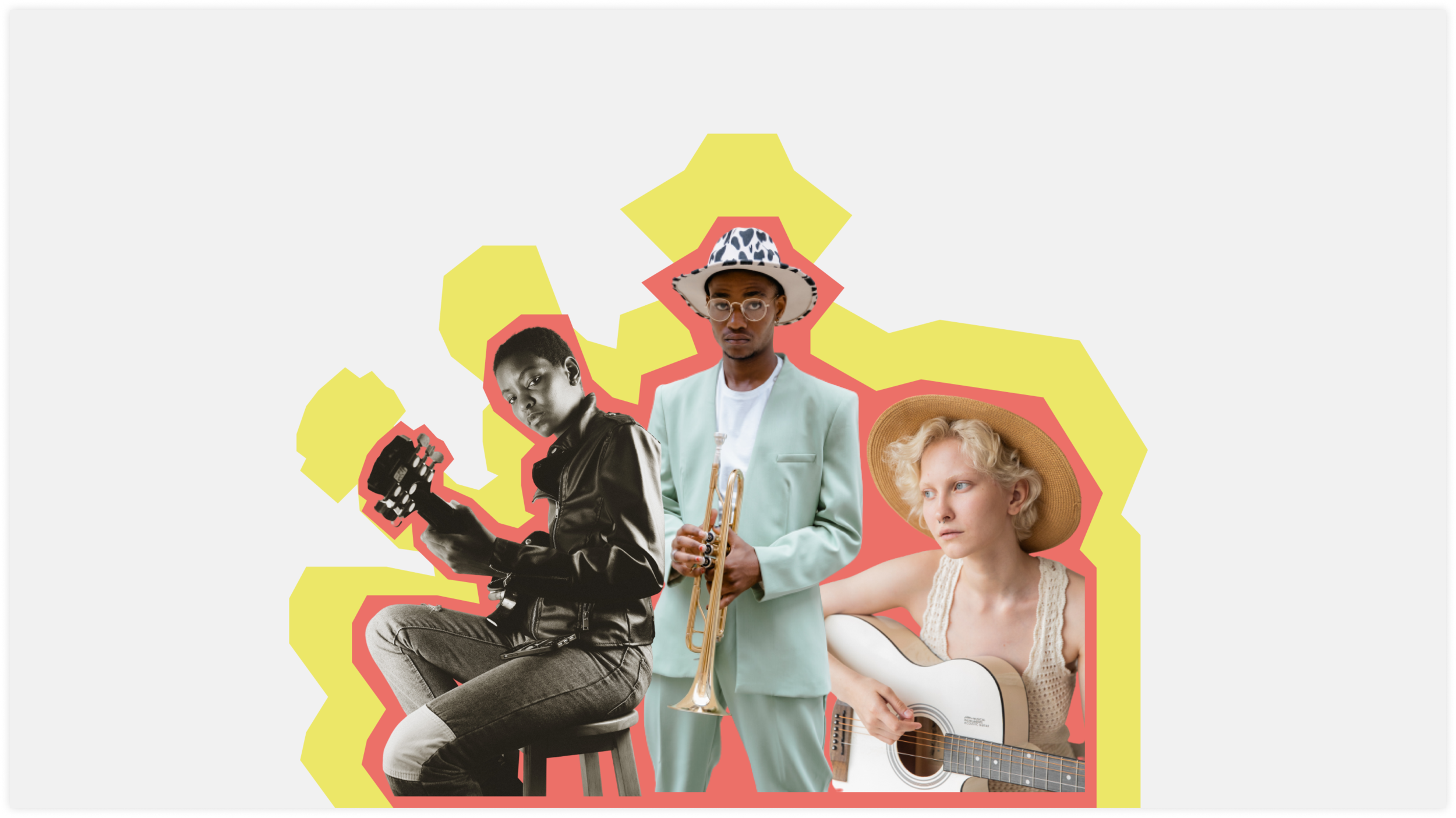
Our vision for this database is to create a platform for gender equity, where record labels, publishers, brands, booking agencies, sync teams, and more can balance their rosters, shows, and other content to uplift voices that are less heard but no less important.
Pronoun & Gender Dataset
Dataset details:
Version: 2.3 (released 18th Apr 2024)
Description: The thirteenth edition of the pronoun and gender dataset, which has 829,059 rows of artist data.
Thank you to Santiago González Gutiérrez for his help in expanding the database to include Spanish artist bios.
*Note: Safari users may have to right click on the button below and select “Download Linked File”
829K+ rows of data, by unique artist ID
chartmetric_id: The artist ID present in the Chartmetric database
name: The name of the artist
artist_country: The country of origin of the artist
pronoun: The pronouns associated with the artist
gender: The gender of the artist
is_band: If TRUE: act has multiple members; If FALSE: it is a solo act
genre: The music genres associated with the artist
What is it?
In order to take the first step toward using data analytics to help answer the gender equity question for the music industry, we had to develop a scalable approach that was simultaneously accurate, inclusive, and ethical. What we wanted to avoid was a top-down system in which we were assigning gender to artists, which is problematic regardless of accuracy. Consequently, we turned to the pronouns used by artists and/or their teams in their artist bios, which we collected from DSPs.
The result is a database of approximately 680K artists whose pronouns are listed in their DSP bios — the first of its kind in the world, as far as we’re aware. Below, we use this database to examine the distribution of pronouns overall, by genre, by playlists, and by charts, with the aim of bringing attention to the lack of gender equity and representation in music. In our view, fixing the problem starts with knowing how severe it is and where the music industry needs to focus its energy and resources most.
Importantly, while there is significant overlap between pronoun usage and gender identification for most people, pronoun usage does not necessarily equate to gender identification for everyone. As such, our examination of gender equity in the music industry through the lens of artist pronoun usage should be taken with that major caveat in mind. Examining the self-declared pronouns of artists is only the first — and very much imperfect — step toward answering the gender equity question.
To learn more about our approach, read about our methodology here, and if you have any feedback or constructive criticism about this ongoing project, don’t hesitate to reach out to us at equity@chartmetric.com. We want this effort to be as inclusive and sensitive as possible.
Update your artist identity here: https://makemusicequal.chartmetric.com/update-artist-identity
Why does this matter?
Historically, the global human sex ratio has been roughly 1:1 or 50/50 male to female. If we were to briefly assume that gender identification predicts pronoun usage to a reasonable degree of confidence, then our dataset would have, approximately, a 4:1 or 80/20 male to female ratio. In other words, the music industry, at least when it comes to artists, is considerably less equitable than the general population. Unfortunately, population-level data is much more difficult to come by when it comes to non-binary pronoun usage, so we can’t confidently say that non-binary identifying artists are underrepresented in this dataset when compared to the general population.
Grow it.
It all begins with an idea. Maybe you want to launch a business. Maybe you want to turn a hobby into something more. Or maybe you have a creative project to share with the world. Whatever it is, the way you tell your story online can make all the difference.
